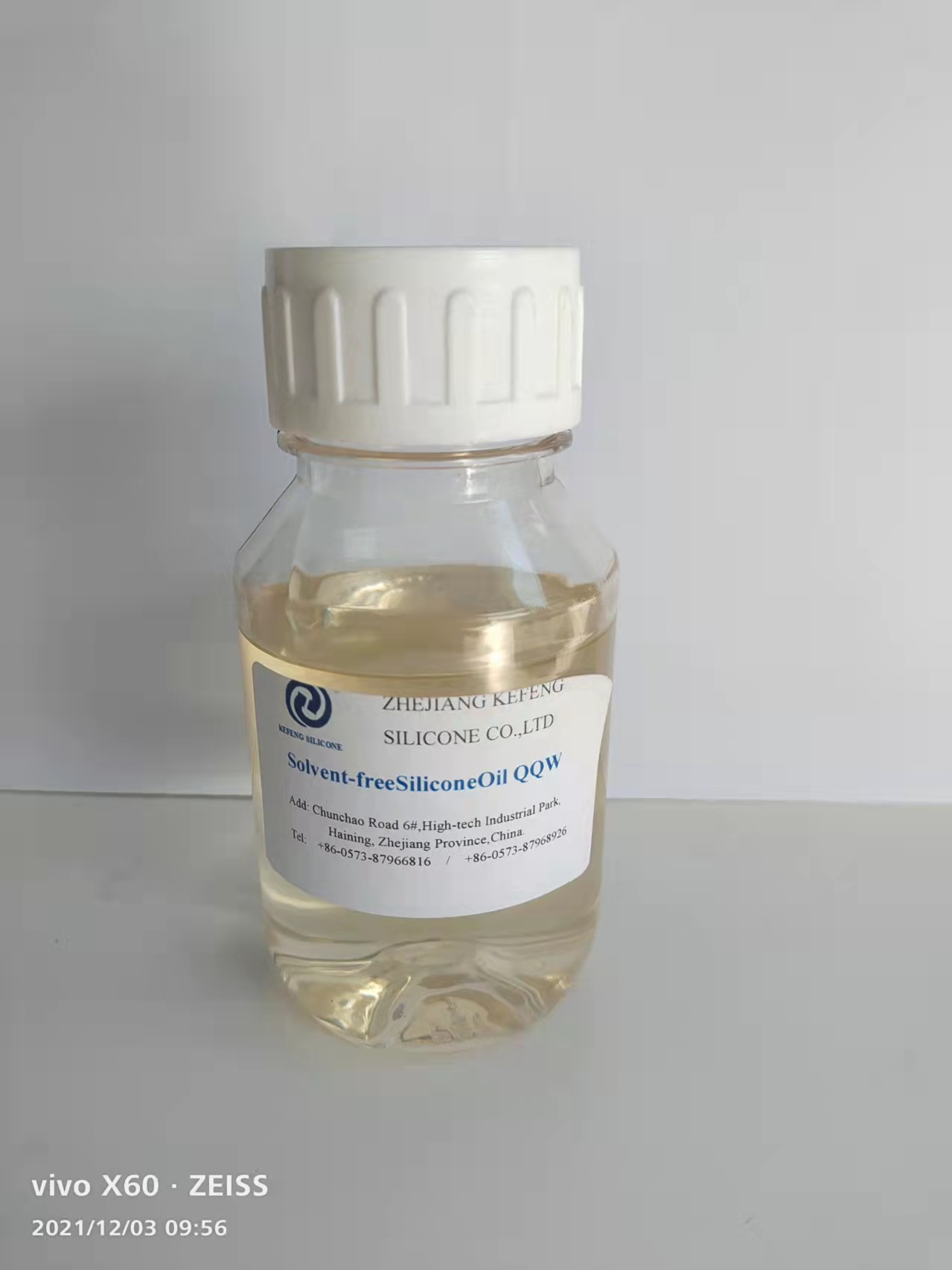

Views: 5 Author: Site Editor Publish Time: 2022-09-15 Origin: Site

High viscosity silicone oils are very difficult to process in conventional siliconization processes because they cannot be easily dispersed in a mixture or coated onto a surface. This means that their final ratio in a silicone blend is highly dependent on the starting materials used and the desired final viscosity. Typically, a low viscosity silicone oil should be used to compensate for the higher viscosity silicone oil.
The viscosity of a silicone oil is measured by measuring the displacement of the fluid over a period of time. The highest viscosity silicone oil showed the slowest volume change. In other words, it took a longer time for a one-mL volume to change.
Low viscosity silicone oil emulsified faster than high viscosity silicone oil, which agrees with a previous experimental study. In that study, the stability of SO at 5000 cs was measured and compared to that of the high viscosity version. Interestingly, the difference between the two was not statistically significant, suggesting additional in-vivo factors are responsible.
In the current study, the high viscosity silicone oil was injected via a 16-gauge needle with a shortened length. This resulted in a homogeneous silicone oil blend that was suitable for siliconization. Furthermore, the silicone oil did not require any special pumps.
Although a high viscosity silicone oil may be a more effective surgical adhesive, it has certain limitations. One of these limitations is that it used a synthetic membrane that mimicked the retina and did not account for individual characteristics of human eye tissues. It also did not account for continuous ocular movements.
Another important step in silicone emulsion processing is the washing process. This involves washing a stopper in a low viscosity liquid and removing any debris before applying the high viscosity silicone oil. The carrier liquid can be water, which is more volatile than high viscosity silicone oil.
A high viscosity silicone oil is considered to be linear under strain amplitude of 1. The viscous Lissajous-Bodwitch curves indicate intracycle strain stiffening while elastic Lissajous-Bolwitch curves reveal intracycle shear thinning. In both cases, secondary loops are attributed to the non-sinusoidal shear rate signal. These results support the existence of a multi-element White-Metzner model.
A clinically significant complication of intraocular SO injection is the formation of fine droplets. These droplets interfere with the metabolic exchange between the corneal endothelium and the aqueous solution. If left untreated, they may lead to secondary glaucoma, cataract, or retinopathy. Furthermore, the rate of emulsification depends on the physicochemical properties of the SO. A high viscosity SO takes a longer time to emulsify than a low-viscosity SO.
